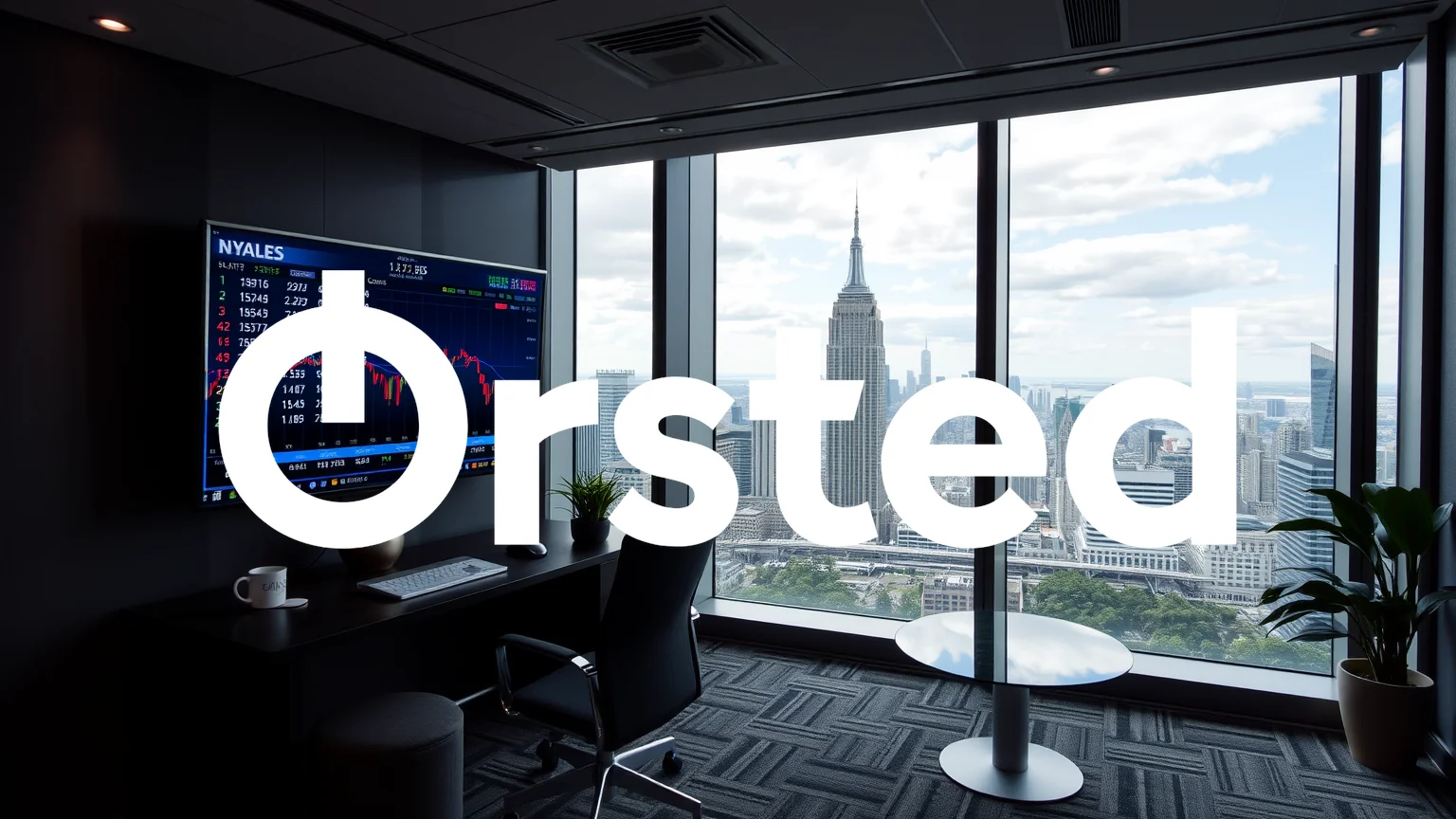The investment narrative surrounding Seneca Foods presents a fascinating divergence. While the company’s shares demonstrate renewed technical strength by breaking through key resistance levels, equity researchers maintain a cautious stance on the fundamentals. This creates a compelling tension for investors evaluating the packaged food company’s prospects.
Institutional Buying Contrasts with Analyst Downgrades
A notable development emerged in the second quarter as several major institutional investors significantly increased their stakes in Seneca Foods. Arrowstreet Capital amplified its position by a substantial 667.5%, while Shufro Rose & Co. boosted its holdings by 259.1%. Invesco joined this trend with an 80% increase in its investment. This concentrated institutional accumulation suggests sophisticated investors may identify value that current analyst ratings don’t reflect.
This buying activity stands in direct contrast to recent analyst actions. Wall Street firms have downgraded Seneca Foods from “Buy” to “Hold” recommendations, indicating professional skepticism about near-term performance despite the apparent institutional confidence.
Technical Breakthrough Meets Financial Reality
From a chart perspective, Seneca Foods shares recently achieved a significant technical milestone by surpassing their 200-day moving average of $95.64. The equity advanced to $109.34 during trading before settling at $107.21 at the close. Such breakouts typically signal shifting momentum and often precede increased investor interest.
Should investors sell immediately? Or is it worth buying Seneca Foods?
However, this technical strength confronts challenging business fundamentals. Recent quarterly results released in August revealed a 2.4% revenue decline to $297.5 million compared to the previous year. Management attributed this decrease to supply disruptions affecting a major packaging customer but expects volumes to recover according to contractual agreements.
Margin Improvement Offsets Revenue Challenges
Despite the top-line contraction, Seneca Foods demonstrated improved profitability metrics. The company’s gross margin expanded to 14.1%, partially driven by an $11.8 million LIFO credit resulting from declining agricultural input costs. Commodity prices have decreased approximately 10% in 2025 due to favorable harvest conditions, providing cost relief for food processors like Seneca Foods.
The central investment question remains whether these falling input costs and technical indicators can overcome both revenue softness and analyst skepticism. The company’s ability to navigate these contrasting dynamics will become clearer with upcoming quarterly results, which will show if operational improvements can translate into sustained financial performance.
Ad
Seneca Foods Stock: Buy or Sell?! New Seneca Foods Analysis from December 22 delivers the answer:
The latest Seneca Foods figures speak for themselves: Urgent action needed for Seneca Foods investors. Is it worth buying or should you sell? Find out what to do now in the current free analysis from December 22.
Seneca Foods: Buy or sell? Read more here...










